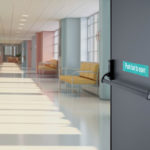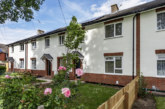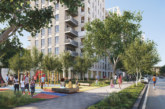Rob Mottram, Technical Manager for ARRONE, a HOPPE Group brand, offers advice on managing door hardware for multiple homes under one roof.
Creating safe, functional, and comfortable living spaces in buildings with multiple homes under one roof — such as blocks of flats and houses in multiple occupation (HMOs) — requires a careful balance of privacy, accessibility, and regulatory compliance.
Shared living environments must account for diverse needs, ensuring residents feel secure in their personal space while being able to evacuate quickly in an emergency. This creates a delicate balance between security measures and regulations.
There are also specific legislative requirements that must be rigorously upheld in shared living environments, such as fire safety regulations under the Regulatory Reform (Fire Safety) Order 2005, and the Equality Act 2010, which mandates accessibility for all residents. The Fitness for Habitation Act 2018 also gives UK HMO tenants a right to a safe, secure rental property.
For door hardware, this means adhering to best practice guidance and standards such as Building Regulations Approved Document Q on security in dwellings, which also requires compliance with PAS 24 and Approved Document B relating to fire safety, among others. ‘PAS 24 – Enhanced security for doorsets and windows’ covers how to test and assess doorsets and windows intended to resist attack from casual or opportunistic burglars.
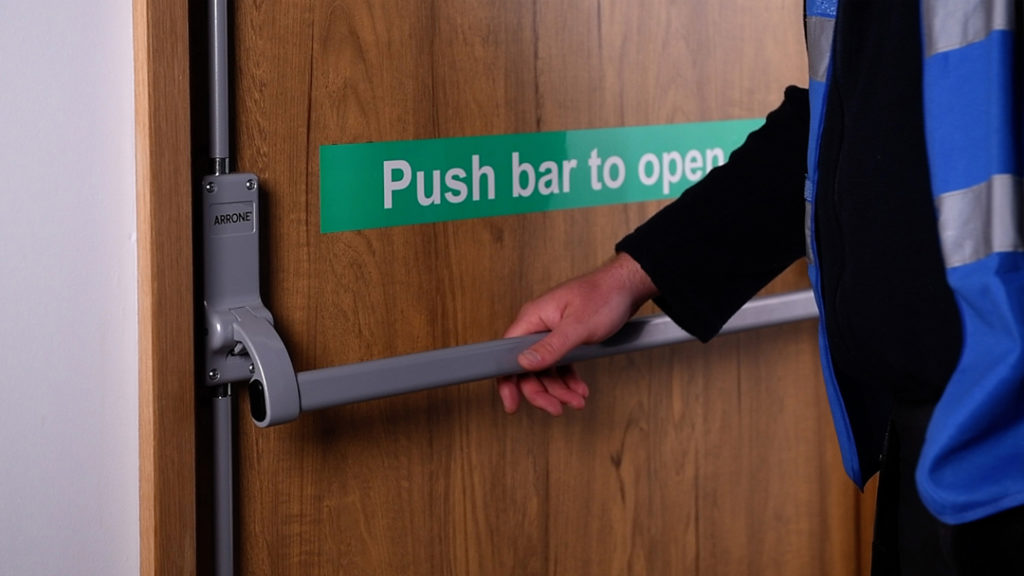 Relevant standards include BS 8300-1:2018 on the design of an accessible and inclusive built environment relating to external areas such as streets, parks and landscaped areas, and BS 8300-2:2018 on designing buildings and internal spaces so they are accessible and inclusive. The BS EN 12209 standard for fire-rated locks and latches is also key.
Relevant standards include BS 8300-1:2018 on the design of an accessible and inclusive built environment relating to external areas such as streets, parks and landscaped areas, and BS 8300-2:2018 on designing buildings and internal spaces so they are accessible and inclusive. The BS EN 12209 standard for fire-rated locks and latches is also key.
Effective hardware solutions, tailored to meet these unique demands, play a key role in achieving a balance and it’s important to recognise the complex challenges involved in selecting and managing hardware for such diverse environments.
Balancing fire safety with functionality
Fire safety is a critical consideration in any building with multiple occupants, especially in multi-occupancy locations where evacuation routes must remain clear and accessible.
As a regulatory requirement in such settings, fire doors must be equipped with self-closing mechanisms and hardware that allows for quick exit in an emergency. This is where emergency exit hardware comes into play. Such solutions ensure doors can be opened effortlessly during emergencies without compromising their integrity as fire barriers.
All doors with locks, typically bedroom, porch and external doors, must provide a ‘keyless escape’ if part of the primary or secondary fire escape route.
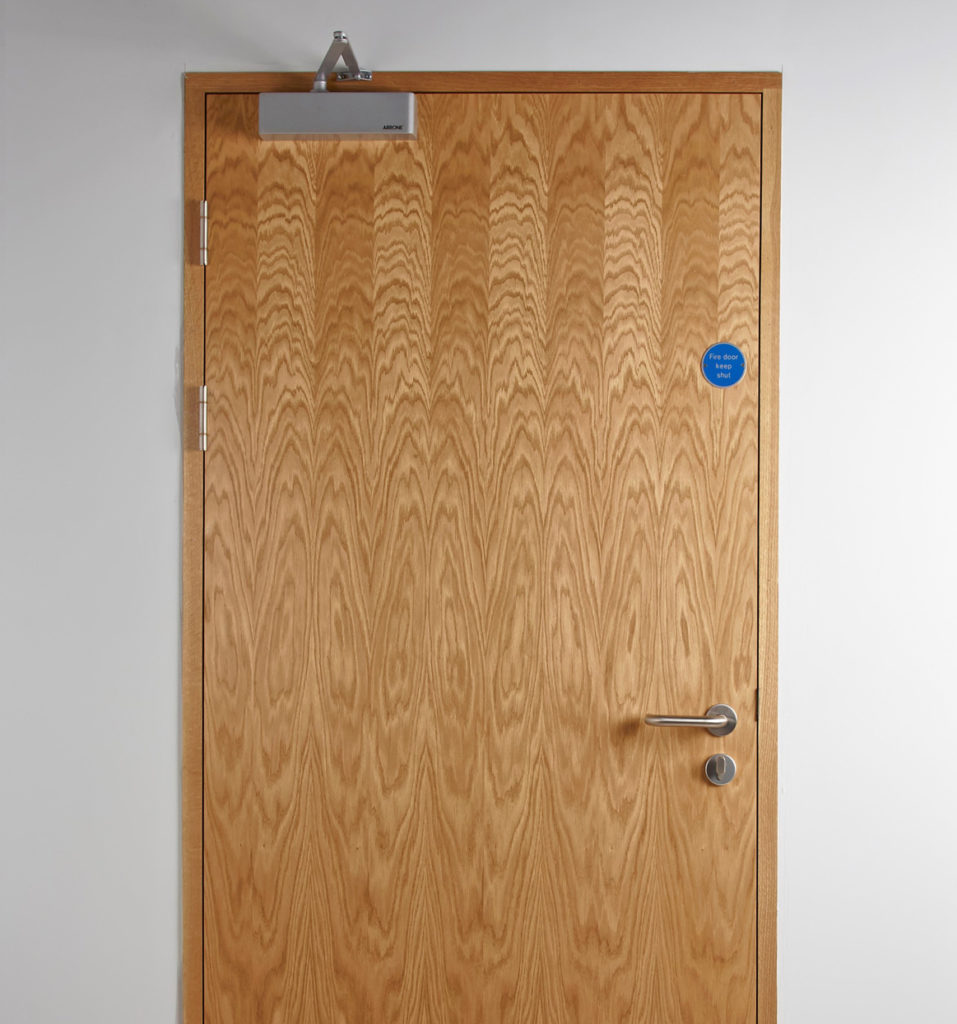 Security meets individual privacy
Security meets individual privacy
Flats are largely self-contained, with bathroom, kitchen and living spaces all behind the front door. However, in some council and social housing provider-owned flats, as well as HMOs, bathrooms are often shared, with communal living and kitchen areas and corridors. This means everything must be easily accessible with hardware robust enough to withstand frequent use. Making a clear distinction between private and communal areas is also important.
Master key systems
Master key systems provide an ideal access control solution, offering tailored access levels for residents, staff, and maintenance personnel.
With a single key, property managers can access all individual properties and other areas without the need for a bulky set of keys. Meanwhile, residents have secure access to their individual spaces. This level of control enhances security, simplifies key management, and reduces the risk of unauthorised access.
External and internal door locks
In situations where residents need to exit but not re-enter a space, escape locks offer a smart solution. These devices allow a door to be locked or unlocked from one side while preventing access from the other — a common requirement in shared bathrooms or utility areas. BS 8621 — created especially for escape locks –— applies here. It specifies performance requirements and test methods for a thief‑resistant mechanically operated single-point lock assembly.
Any self-latching or locking devices are not advised, as the tenant can easily be locked out of their room, meaning landlords are more likely to get call-outs for re-entry or find damage to the door and frame from forced opening.
Bedrooms in HMOs may house individuals unfamiliar with one another, increasing the need for reliable, durable locks. PVC-U and composite external doors usually feature multi-point locking systems with a thumb lock inside and key entry from outside, again, offering the correct level of protection.
Ultimately, no two shared living environments are the same — each building brings its own set of challenges, shaped by layout, occupancy type, and the specific needs of residents.
Whether it’s a new build or a refurbishment, door hardware should never be an afterthought. Instead, it must be considered early in the design stage to ensure it supports the natural flow of movement, enables appropriate access, and meets all necessary compliance requirements.
In refurbishment projects, conducting a thorough site survey — and where appropriate, gathering feedback from staff and occupants — can provide valuable insights into how spaces are used and what adjustments may be needed.
Taking a tailored, considered approach ensures the hardware not only performs reliably but contributes to a safer, more secure, and more inclusive living environment.


